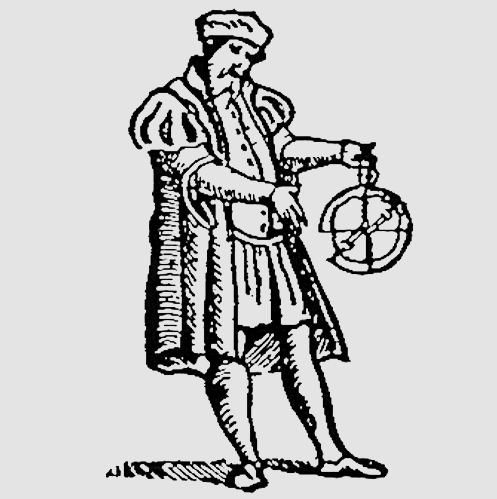Date/Time
Monday
28 Mar 2011
4:00 pm - 6:00 pm
Location
470 Stephens Hall
Event Type
Brownbag
Anne MacLachlan
Senior Researcher, Center for Studies in Higher Education University of California, Berkeley
During World War II, the U.S. federal government directed and expanded most scientific work as needed for the war effort. After the war the federal government adopted a centralized model to develop modern science facilities at universities and use them to train the next generation of scientists through newly created funding agencies, such as the National Science Foundation. After the launch of Sputnik, money poured into universities around the same time that college attendance began to expand rapidly. During this period, significant social changes were occurring, which were believed at the time to provide at least equal educational opportunity for women and persons of color. Here too the federal government set policy by creating special programs in science for minority students, creating the Economic Opportunity Program for first generation poor students and encouraging educational institutions to take “affirming action” to ensure equal educational opportunity. Since the 1970s when most of this took place, federal support of science and engineering has enormously assisted in creating graduate programs and increasing the number of Ph.D.s in these fields. But access to and doctoral attainment for U.S. citizen minorities and women has grown much more slowly than the overall growth in Ph.D. granting departments and the number of Ph.D.s they award. Many arguments have been made to explain this, often resting on racist or sexist assumptions about the capacity of minorities and women to do math and science. There is the “pipeline” argument that members of these groups are more interested in other fields; there is the social argument that the transition from first generation student to Ph.D. candidate is too difficult–and so it goes placing responsibility on the individual student. Yet, I would argue, how science is organized in the U.S. in graduate programs with definite characteristics and where certain “scientific” values are transmitted have more to do with the small numbers in some fields than the characteristics of any one population. The nature of these programs and the values imbedded within them are the focus of this discussion.
Additional sponsorship comes from: Office for the History of Science and Technology



